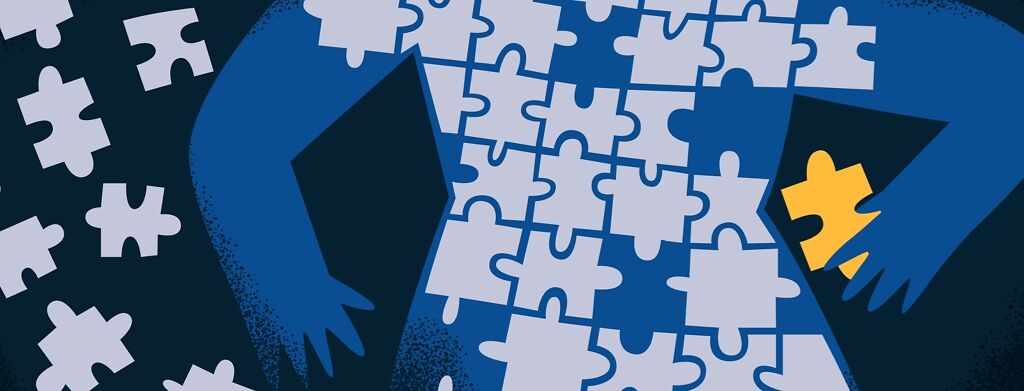The Art and Science of Treating OUD: A Whole-Person Approach
Treating opioid use disorder (OUD) is like uncovering a gemstone. Detoxification is the first step—dusting off the stone to reveal its potential. Yet, removing the outer layer of dust doesn’t restore the gem’s full brilliance.
True clarity and strength emerge only through ongoing care that polishes each facet of a person’s life. As an addiction physician, I’ve noticed that, while medications like buprenorphine, methadone, and naltrexone are essential tools, they are not magic solutions. Lasting recovery blends the precision of science with the compassion of human connection.
Featured Forum
View all responsesDetoxification vs. addiction treatment
Detoxification safely removes opioids from the body, typically under medical supervision, to manage withdrawal symptoms. Although crucial, detox alone doesn’t address the root causes of addiction.
Without follow-up treatment, relapse rates after detoxification can reach 85% within a year.1 Addiction treatment, by contrast, is a long-term process designed to help individuals maintain sobriety and improve their quality of life. This comprehensive approach often includes medications for opioid use disorder (MOUD), behavioral therapies, and supportive relationships that address both physical and psychological challenges.
Dependence vs. addiction
Dependence refers to the body’s physical adaptation to a substance, leading to withdrawal symptoms when the substance is reduced or stopped. This can occur even with medications taken as prescribed, such as some blood pressure medications, antidepressants, and steroids.
Addiction, however, is a complex brain disorder marked by compulsive drug use despite negative consequences. While dependence is primarily physical, addiction involves neurological changes in reward, stress, and self-control systems. Effective treatment must address both withdrawal symptoms and the deeper behavioral patterns that drive addiction.
Science as the foundation—but not the whole picture
The science of addiction medicine provides crucial tools. MOUD has been shown to reduce cravings, prevent withdrawal symptoms, and cut overdose risk.
Buprenorphine and methadone, for instance, lower mortality rates by more than 50%.2 Yet, while essential, these treatments are just one piece of the puzzle. Think of them as the first polish on the gemstone—they reveal the stone’s shape but not its full brilliance.
The art of humanity: polishing every facet
I often compare addiction to a multifaceted gem—each facet representing a different challenge that requires thoughtful attention. Beyond biology lies the human experience: emotions, relationships, and the need for connection. A comprehensive approach polishes each facet of a person’s life, helping them shine with resilience and purpose.
Examples include:
- Therapy: Cognitive-behavioral therapy (CBT), motivational interviewing (MI), and trauma-informed therapy help individuals identify triggers, develop coping skills, and address underlying trauma.
- Stress Management: Chronic stress is a key risk factor for addiction. Techniques like yoga, meditation, and deep breathing reduce stress and improve emotional regulation. Mindfulness meditation, for example, has been shown to decrease cravings and prevent relapse.3
- Acupuncture: Though more research is needed, some studies suggest acupuncture, including “The NADA Protocol,” may reduce withdrawal symptoms and cravings.4
- Community Support: Programs like Alcoholics Anonymous (AA) and Narcotics Anonymous (NA) offer belonging and validation, reducing isolation and improving long-term outcomes. Regular attendance at 12-step meetings is linked to higher rates of sustained sobriety.5
Treating the whole person: the final polish
Addiction isn’t just about biology—it’s about the whole person. Addressing trauma, mental health disorders, social determinants of health, and lifestyle habits is essential for lasting recovery. Like a gemstone with unique characteristics, each individual journey requires a tailored approach, with personalized care that goes well beyond medication.
Ultimately, the art and science of addiction medicine must work hand in hand. Science provides the tools to manage addiction’s physiological aspects, while the art of medicine reminds us to treat each person with compassion, empathy, and respect. By combining evidence-based treatments with holistic care, we help individuals not only overcome addiction but also polish the many facets of their lives—revealing the brilliance, strength, and clarity within.

Join the conversation